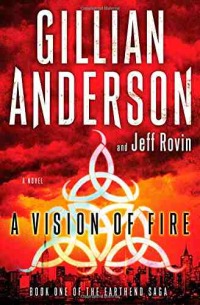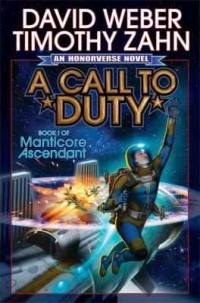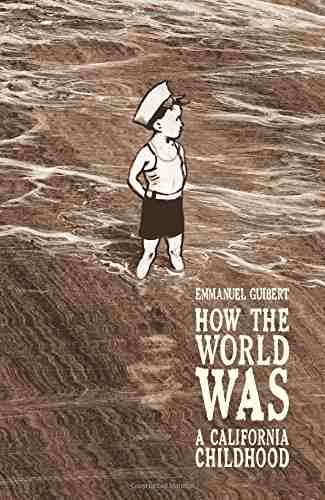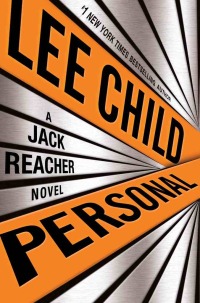A Vision of Fire by Gillian Anderson and Jeff Rovin
 Wednesday, October 15, 2014 at 9:57AM
Wednesday, October 15, 2014 at 9:57AM 
Published by Simon & Schuster on October 7, 2014
Like many other geekish guys, I had a thing for Gillian Anderson during her X-Files days -- or more precisely, for Scully, a woman of intellect and understated sexiness who easily made it onto my laminated list of Favorite Fantasies. I feared that her attempt to write fiction might produce another awful clone of Twilight, but as a committed Gillian groupie, I set aside my anxiety and took the literary plunge into A Vision of Fire.
After witnessing an assassination attempt on India’s ambassador to the UN, the ambassador’s daughter, Maanik Pawar, enters a disturbed mental state that includes periodic trancelike states, speaking what seems to be gibberish, and moving her arms in peculiar ways. Dr. Caitlin O’Hara is asked to assist. O’Hara is an adolescent psychiatrist who specializes in solving the problems of children around the world.
Meanwhile, in Tehran, a boy sets fire to himself. In Haiti, a girl is drowning without going near the water. Badly behaving birds and swarming rats also figure into the story. O’Hara’s task is to find the connection between the various events. Her willingness to fly off to Iran and Haiti to do so struck me as unlikely and foolish, but I was willing to suspend my disbelief for the sake of Gillian Anderson.
The novel’s backdrop is an escalating military conflict between India and Pakistan. O’Hara’s hypersensitive friend, Benjamin Moss, not only persuades O’Hara to intervene with Maanik but is the first person contacted by a UN peacekeeper when hostilities break out. Those both seem like improbable roles for a UN translator to play -- he’s really in the novel to give O’Hara the opportunity for love or lust -- but again, I suspended by disbelief. (Oh, Gillian, the things you make me do ….)
The novel’s final element concerns the Group, which collects (or steals) artifacts from the southern polar seas. The artifacts come from the distant past, a time of crisis, and as one expects from artifacts in a novel like this, they hold power that endangers the present. That plot thread fizzles out until the end, when it returns to set up the sequel.
The plot of A Vision of Fire is reasonably smart. It has the feel of an average X-Files episode (I attribute that to Gillian). The writing style is smooth (I attribute that to Jeff Rovin). The love interest subplot seems forced but the political background gives the novel some heft. Unfortunately, the story is less suspenseful, less creepy, than I want from this kind of novel. Doing my best to remain uninfluenced by my swoony feelings for Gillian/Scully, I’m giving A Vision of Fire a modest recommendation. I don’t know if I would read the next book in the series without the Scully connection, but as a besotted fan, I’m sure I will.
RECOMMENDED



